TL;DR
Direct answer: For a stunning, low‑maintenance front yard makeover, combine simple hardscaping (paths, boulders, gravel) with drought‑tolerant native plants, a layered pollinator garden, and smart drainage (1–2% patio slope, 2–3 inches of mulch, and drip irrigation). Use a photo to preview layouts and materials in minutes with ReimagineHome.ai, which helps small yards, tight budgets, and privacy needs feel resolved before you buy a single plant.
Why Outdoor Design and Curb Appeal Matter Right Now

Clear, comfortable garden paths enhance everyday outdoor living and first impressions.
Primary garden paths typically range from 36–48 inches wide for comfortable use. Thoughtful landscaping and hardscaping elevate day‑to‑day living and curb appeal, often improving first impressions and perceived value in a single season. Focus on clear circulation, water‑wise planting, and nighttime lighting for a transformation that feels intentional and livable. - At a glance overview — prioritize drainage and grading first; then layout clarity, materials, and plant layers. - Drainage, layout clarity, materials, plant choices, outdoor living flow. - Modern curb appeal upgrades and before/after expectations. Want to see these ideas on your home? Try ReimagineHome.ai using just a photo.
Why Landscaping, Gardening & Hardscaping Are Changing
Hardscape elements often account for 50–70% of a low‑maintenance yard budget. As climates swing between drought and deluge, homeowners are embracing drought‑tolerant landscaping, drip irrigation, and permeable hardscaping that quietly manages stormwater. Work‑from‑home lifestyles demand outdoor rooms for morning coffee, remote calls, play, and evening unwinding. Design expectations are higher, too: layered gardens with seasonal interest, native plants that feed pollinators, and stone or gravel paths that feel grounded and permanent—all while keeping maintenance realistic.
Anecdote
A homeowner with compacted clay and blazing afternoon sun replaced a tired lawn with drought‑tolerant natives and a few well‑placed boulders. Drip irrigation and 2–3 inches of gravel mulch cut water use dramatically. By midsummer, bees and goldfinches outnumbered weeds—and neighbors began renovating their own front yards.
Key Landscaping & Hardscaping Trends (and How ReimagineHome.ai Shows Them)
Experts recommend a 1–2% slope for patios and walks to drain water away from structures. Today’s most effective front yard landscaping marries structure and softness—crisp hardscape bones with lush, layered, native planting that thrives with less water and care. - Layered planting and year-round structure - Stone, gravel, and stepping-stone paths - Outdoor rooms, seating pockets, fire pits - Drought-tolerant and native planting layouts - Modern curb appeal changes that boost value ReimagineHome.ai helps you test these moves virtually: compare stone versus concrete, visualize how a few boulders anchor a corner, preview lighting washes on a path, and explore subtle grading and terrace changes. The tool reads your house’s proportions from a single photo and proposes scale-true massing for trees, shrubs, and perennials—so the final landscape design looks cohesive in all seasons.
How to Use ReimagineHome.ai to Visualize Yards, Paths & Patios
For airflow and maintenance, shrubs should be planted 18–24 inches from foundations. Visualizing early prevents expensive rework and keeps small yards functional.
- Upload a clear exterior or yard photo.
- Pick a style or function (low‑maintenance, modern, family‑friendly, pollinator garden, or drought‑tolerant landscaping).
- Test path shapes, patio sizes (start at 10×12 feet minimum for café seating), steps, and terraces with correct slopes.
- Experiment with planting layers, lighting, and focal points like boulders, urns, or a bird‑friendly water feature.
- Generate multiple versions and compare before committing—then export a wishlist for materials and plants.
Real-World Stories — Landscaping & Hardscaping in Action
Thoughtful front yard updates can significantly increase perceived home value. Three quick micro‑stories show how curb appeal and function can change fast. - A small urban yard redesigned with raised beds and stepping stones for usable space. The fix: 36–42 inch paths break up planting and keep maintenance tidy; a slim gravel shoulder improves drainage. Outcome: less watering, more herbs and color, and a patio that finally fits two chairs. - A seller improving curb appeal ahead of listing. The move: edit the plant palette to 2–3 tones, add a 3‑foot‑wide front walk, low LED path lighting, and a pair of clipped evergreens for all‑season structure. Outcome: listing photos looked expensive; weekend showings doubled. - A family yard transformed for play, privacy, and low upkeep. The strategy: a pergola anchors a 12×16 foot patio, seat‑wall at 18 inches doubles as overflow seating, and layered natives fill beds with drip at 0.5–1.0 gph emitters. Outcome: shady afternoons, fewer weeds, and a pollinator garden that stays lively from spring to frost.
Visualization Scenario
Snap your facade at midday, upload it to ReimagineHome.ai, and ask for a low‑maintenance, pollinator‑friendly front yard. Compare a linear concrete walk vs. a stepping‑stone path with gravel joints; toggle boulder sizes and a 12×12 patio; add soft LED path lights; then export your preferred scheme for pricing.
FAQ
- How do I design a small backyard layout? Keep primary paths 36–42 inches wide, right‑size the patio (10×12 feet minimum), and use verticals—trellises, slim trees, or a corner pergola—for privacy. Choose drought‑tolerant, native planting to reduce maintenance and maximize seasonal interest. - How do I create low‑maintenance landscaping? Use a 2–3 material hardscape palette, mulch beds 2–3 inches deep, and install drip irrigation (0.5–1.0 gph emitters). Pick native shrubs, ornamental grasses, coneflowers, salvias, and groundcovers that match your sun and soil. - Can I preview landscaping ideas using a photo? Yes. Upload a snapshot to ReimagineHome.ai to test patios, paths, grading, lighting, and layered planting—then compare options side‑by‑side before you purchase. - How far should shrubs be from my foundation? Maintain an 18–24 inch offset for airflow, maintenance, and to keep mulch off siding. For small trees, aim for 6–10 feet depending on mature spread. - What materials work best for modern hardscaping? Poured concrete, large‑format pavers, natural stone, and compacted gravel all pair well. Rule of thumb: mix no more than one textured and one smooth material per area to keep the look cohesive.
Visualize Your Home’s Next Chapter
Seat walls are most comfortable at 17–19 inches high. The same precision that makes hardscape feel right—path widths, step heights, gentle slopes—also makes a garden easier to live with through every season. - Limit material palettes to 2–3 complementary tones - Design for year‑round structure and seasonal shifts - Plan for sight lines from inside and out - Account for microclimates, wind, and sun angles - Layer plants for depth, airflow, and maintenance ease Morning light on stone, the hush of evening under soft LEDs, the small rush of wings at a birdbath—these are the scenes that make a landscape feel like yours. Before you break ground, explore every possibility. Try ReimagineHome.ai with a single photo.
.svg)

.svg)

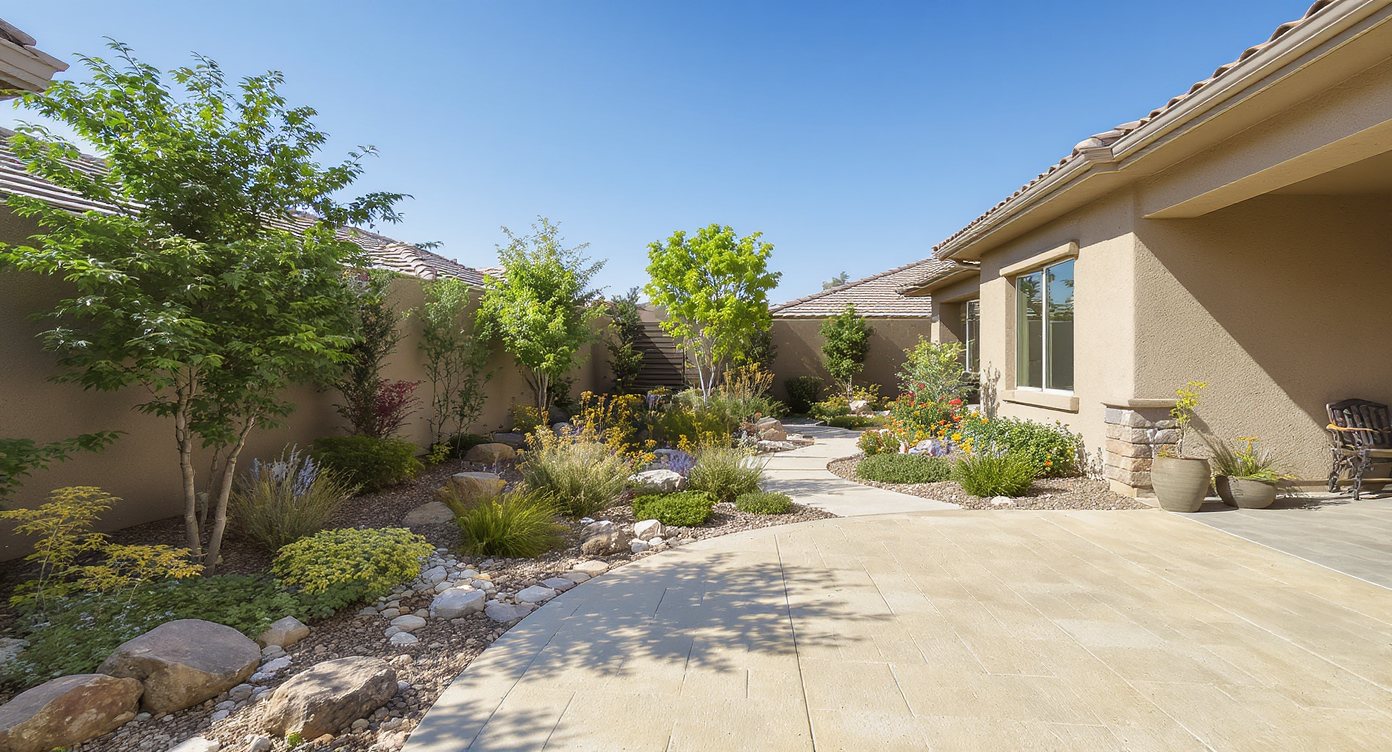
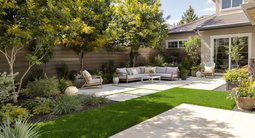
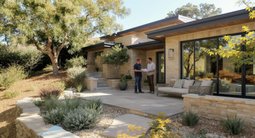


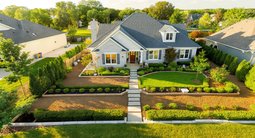
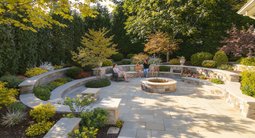


.png)